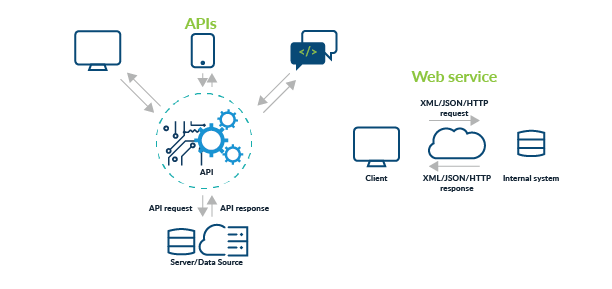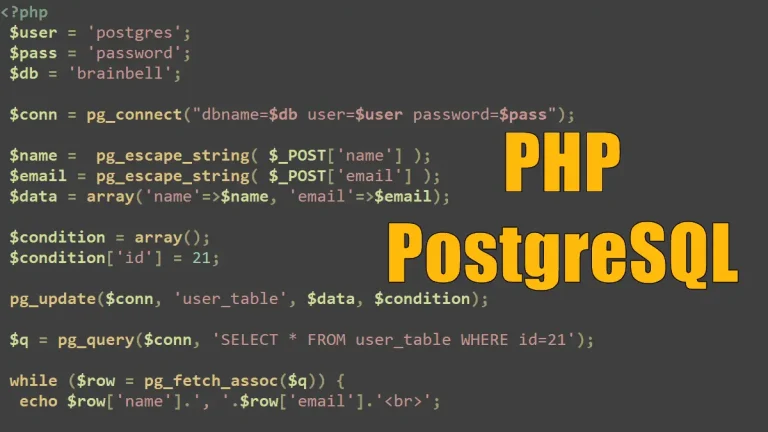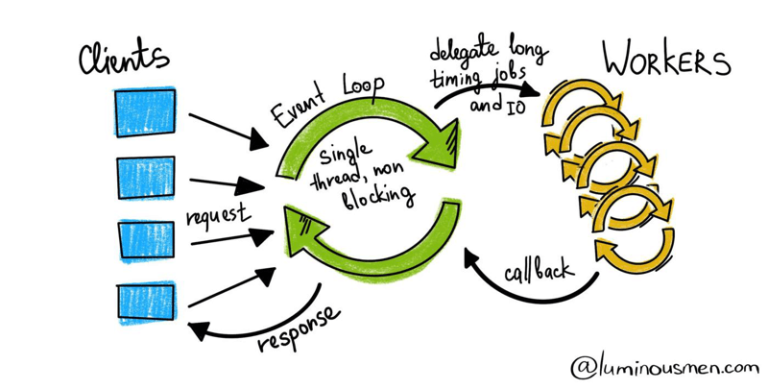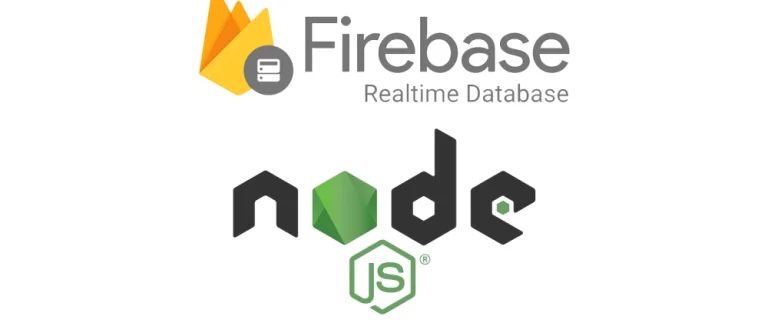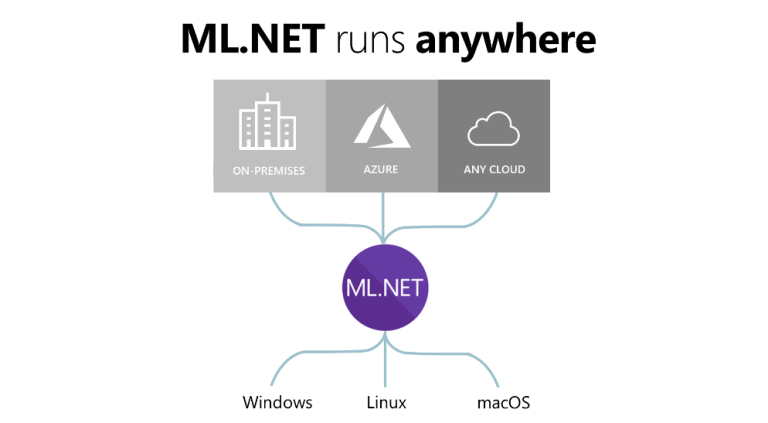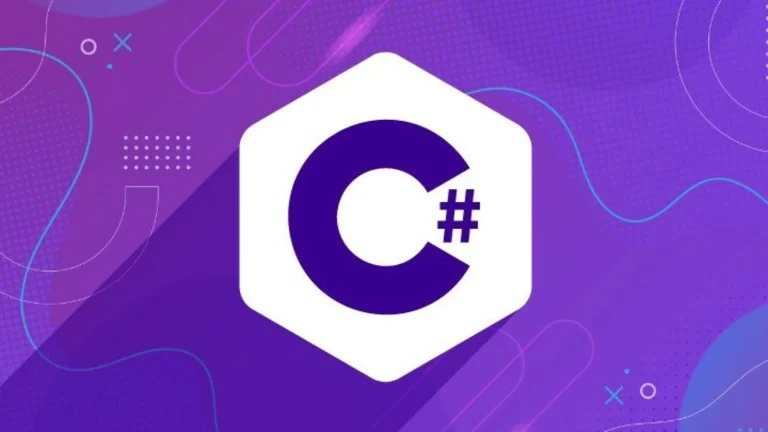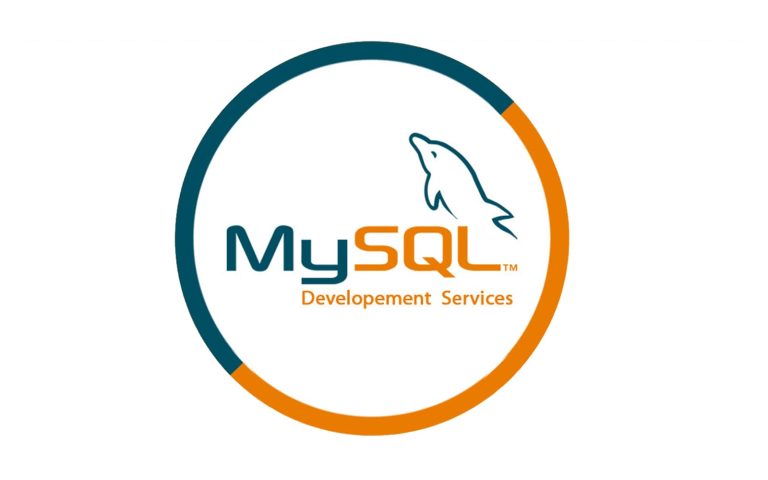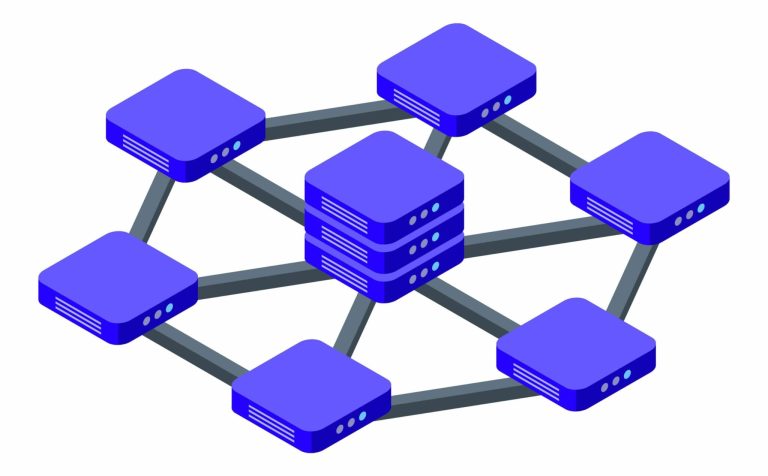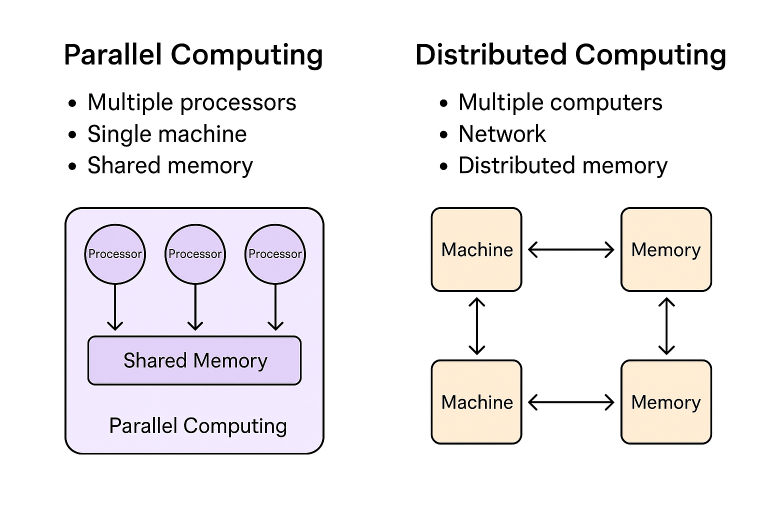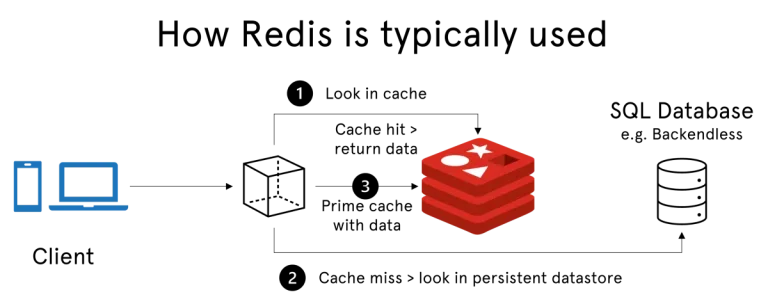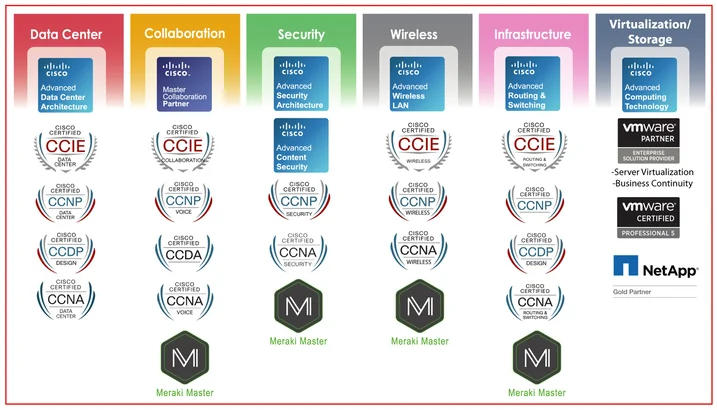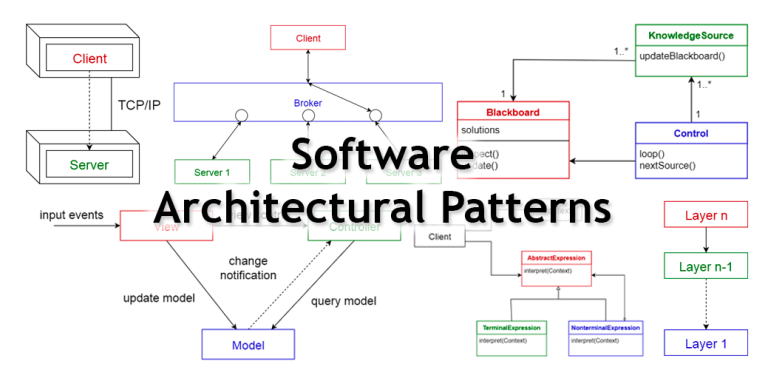Creating a fully functional video streaming service involves multiple components, and providing a complete example within the scope of a single response is challenging. However, I can provide you with a basic example of how to set up a simple HTTP server that streams video content using C# (.NET Core), Java (Spring Boot), and Golang.
C# (.NET Core) Simple Video Streaming:
using Microsoft.AspNetCore.Builder;
using Microsoft.AspNetCore.Hosting;
using Microsoft.AspNetCore.Http;
using Microsoft.Extensions.DependencyInjection;
using System.IO;
class Program
{
static void Main()
{
var host = new WebHostBuilder()
.UseKestrel()
.ConfigureServices(services => services.AddMvc())
.Configure(app => app.UseMvc())
.Build();
host.Run();
}
}
public class VideoController
{
[HttpGet("/video")]
public IActionResult GetVideo()
{
var videoPath = "path/to/your/video.mp4"; // Replace with the actual path to your video file
var stream = new FileStream(videoPath, FileMode.Open);
return new FileStreamResult(stream, "video/mp4");
}
}Java (Spring Boot) Simple Video Streaming:
import org.springframework.boot.SpringApplication;
import org.springframework.boot.autoconfigure.SpringBootApplication;
import org.springframework.core.io.ClassPathResource;
import org.springframework.core.io.Resource;
import org.springframework.http.MediaType;
import org.springframework.http.ResponseEntity;
import org.springframework.web.bind.annotation.GetMapping;
import org.springframework.web.bind.annotation.RequestMapping;
import org.springframework.web.bind.annotation.RestController;
@SpringBootApplication
public class VideoStreamingApplication {
public static void main(String[] args) {
SpringApplication.run(VideoStreamingApplication.class, args);
}
}
@RestController
@RequestMapping("/video")
class VideoController {
@GetMapping
public ResponseEntity<Resource> getVideo() {
Resource video = new ClassPathResource("static/video.mp4"); // Replace with the actual path to your video file
return ResponseEntity.ok()
.contentType(MediaType.parseMediaType("video/mp4"))
.body(video);
}
}Golang Simple Video Streaming:
package main
import (
"fmt"
"net/http"
"os"
)
func videoHandler(w http.ResponseWriter, r *http.Request) {
videoPath := "path/to/your/video.mp4" // Replace with the actual path to your video file
file, err := os.Open(videoPath)
if err != nil {
http.Error(w, fmt.Sprintf("Error opening video file: %s", err), http.StatusInternalServerError)
return
}
defer file.Close()
w.Header().Set("Content-Type", "video/mp4")
http.ServeContent(w, r, "", file.Stat().ModTime(), file)
}
func main() {
http.HandleFunc("/video", videoHandler)
http.ListenAndServe(":8080", nil)
}In these examples, a basic HTTP server is set up with an endpoint (/video) that streams a video file in response to requests. Replace "path/to/your/video.mp4" with the actual path to your video file.
Note: These examples are simplified and might not handle advanced scenarios like seeking or adaptive streaming. Depending on your requirements, you might need to use specialized libraries or tools for a fully-featured video streaming service.


